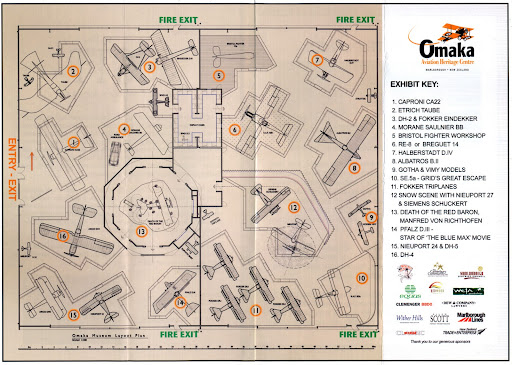When D&D3e arrived on the scene in 2000, I was both pleased and excited. I cut my roleplaying teeth on AD&D when I started university in 1981, and ever since then the hodge-podge high fantasy AD&D milieu is what I imagine when I think of fantasy roleplaying.
I played lots of other games of course — Traveller, Empire of the Petal Throne, Runequest, Space Opera, MERP, Call of Cthulhu, Champions to name just a few. But AD&D was always the core of my roleplaying experience for some years, until a wargamerish frustration at the limitations of the system drove me to convert all my campaigns to Champions (later to turn into the Hero System, as I will refer to it in future). I've written before about my attraction to Hero's unified point-based character construction mechanics, and being able to use a generic system across roleplaying genres appealed enormously — no more having to learn a whole new system for every game.
 |
| Shelf 1: The D&D Shelf - post-earthquake, semi-stocked |
Anyway, as I said, it was the systemic limitations of AD&D, not the game milieu itself, that drove me away, and much of my time as a Hero GM was spent trying to replicate that milieu with the Hero System. When D&D3 appeared, it seemed to me to have achieved most of what I was trying to do — a game that provided systemic freedom with the feel of D&D. (How wrong I was; as a friend once remarked, D&D3 is still a straitjacket, it just comes in a range of attractive colours).
I immediately started buying D&D3 material hand over fist. I spent literally thousands of dollars on it. After our earthquake last month, I had to put all those books back on their shelves, and I became slightly depressed that I will probably never use any of those books again. I might possibly convert a monster or two, but even that is somewhat unlikely.
After a few years of playing D&D3, I once again became disenchanted with various features of the system — the byzantine complexity of the Feat Tree, for example; the agonies involved in creating an NPC higher than about 3rd level were really grinding me down. I decided to retreat back to the Hero System, and in characteristic form, start buying Hero stuff hand over fist. And again, I spent thousands on it, over time.
 |
| Shelf 2: The Hero Shelf |
As I've written before, the mechanistic structure of the Hero System eventually palled, and I started GMing using Swords & Wizardry, which was easier to GM, faster to play, and generally (for me at least) more fun. But again, I was looking at my sad, abandoned shelf of Hero stuff and got a little depressed that I'd quite likely never use any of it again. I'm probably even less likely to use it than my D&D3 stuff.
I suppose I could sell it all off, but when I've done that in the past I've
always regretted it. Every single time. I don't particularly need the money (though a little free cash would be nice), and I don't particularly need the space, so they'll probably sit there until I die.
But maybe not. If I've learned one thing about myself, gaming-wise, it's that I'm fickle.
 This post is by way of an experiment, trying out Picasa's "Blog This" function.
This post is by way of an experiment, trying out Picasa's "Blog This" function.









































